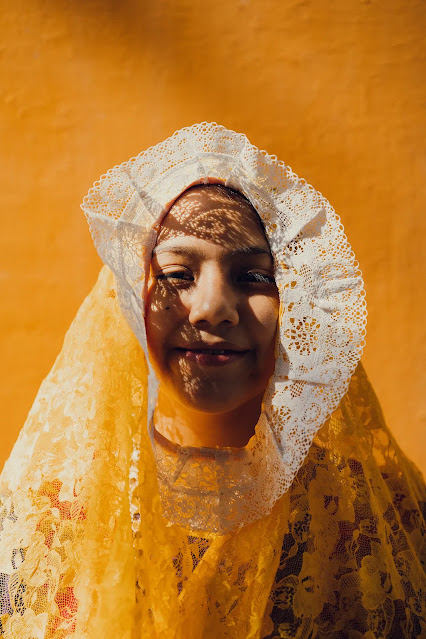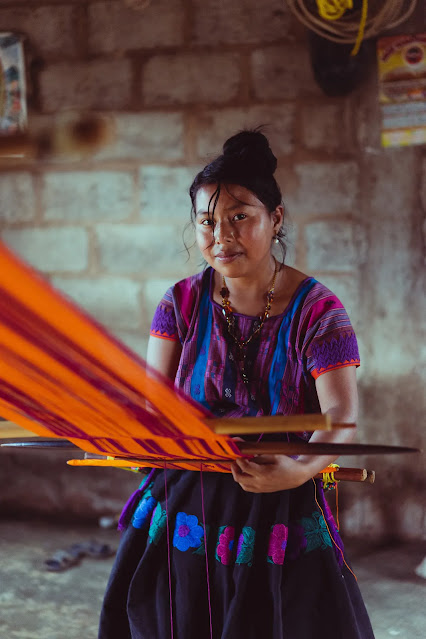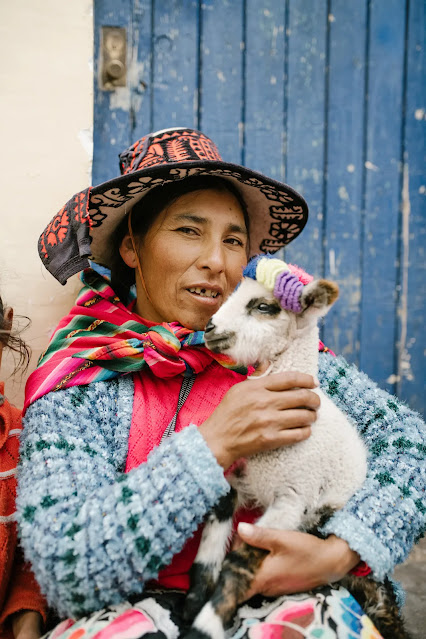Who are the Mardi Gras Indians? Discover the fascinating culture and history of the Mardi Gras Indians in New Orleans. Learn about the origins of their colorful costumes and the significance of their traditions. Explore the ways in which they participate in their community and add excitement to the city's Mardi Gras celebration.
Who are the Mardi Gras Indians?
New Orleans is a city known for its rich culture and traditions, and few traditions are as unique and captivating as that of the Mardi Gras Indians. These groups of African American men and women, dressed in elaborate and colorful costumes, have been a part of the city's Mardi Gras celebration for over a century. But who are the Mardi Gras Indians, and what is the significance of their traditions? In this article, we will explore the history and culture of the Mardi Gras Indians, from their origins as a way to honor Native American tribes to their present-day role in the community. Join us as we delve into the vibrant world of the Mardi Gras Indians.
History and culture
The Mardi Gras Indians have a rich history that is intertwined with that of the Native American tribes and African Americans in New Orleans. The tradition began in the 1800s, when runaway slaves sought refuge in the swamps and bayous surrounding the city. They were aided by Native American tribes, who taught them survival skills and shared their culture with them. To honor their Native American allies, the escaped slaves adopted their customs and created their own secret societies, known as tribes.
The first Mardi Gras Indian tribe was formed in the mid-1800s, and since then, the tradition has been passed down through the generations. Today, there are dozens of Mardi Gras Indian tribes in New Orleans, each with their own unique style and traditions.
Costumes
The most striking aspect of the Mardi Gras Indians is their costumes. These are hand-sewn, intricately designed pieces of art that can weigh up to 150 pounds. Each costume is made up of several pieces, including a headdress, suit, and apron. The headdresses are the most elaborate part of the costume, featuring feathers, beads, and sequins in intricate patterns.
The process of creating a Mardi Gras Indian costume is a labor of love that can take several months to complete. Each costume is unique, and the design is often a closely guarded secret. The suits are made of various materials, including velvet, satin, and brocade, and are decorated with beads, rhinestones, and other embellishments.
Role in Mardi Gras
During the Mardi Gras celebration, the Mardi Gras Indians take to the streets in their elaborate costumes. They participate in parades, dance to traditional music, and engage in friendly competitions with other tribes. The Indians' presence adds an exciting and unique element to the festivals, and their costumes are a highlight of the parade.
The Mardi Gras Indians also play an important role in the community throughout the year. They participate in events and fundraisers, and some tribes even provide services such as food and clothing to those in need. The Mardi Gras Indians are a beloved and respected part of the culture of New Orleans.
In the end :
The Mardi Gras Indians of New Orleans are a true testament to the resilience, creativity, and diversity of African American culture. Their traditions, steeped in history and symbolism, have become an integral part of the city's Mardi Gras celebration and a beloved aspect of the community as a whole. Through their costumes, music, and community service, the Mardi Gras Indians continue to honor their past and inspire future generations. As visitors flock to New Orleans to experience the city's unique culture, the Mardi Gras Indians remain an essential part of what makes this city so special.
FAQs
Are the Mardi Gras Indians related to Native American tribes?
The
Mardi Gras Indians honor the Native American tribes who helped escaped slaves
in the 1800s, but they are not directly related to them.
How long does it take to make a Mardi Gras Indian costume?
It can
take several months to complete a Mardi Gras Indian costume, due to the
intricate design and hand-sewing involved.
How many Mardi Gras Indian tribes are there in New Orleans?
There
are dozens of Mardi Gras Indian tribes in New Orleans, each with their own
unique style and traditions.
What is the significance of the Mardi Gras Indians' costumes?
The
costumes are a way of honoring the Native American tribes who helped escaped
slaves in the 1800s, as well as a way of showing the creativity and artistry of
the Mardi Gras Indians themselves.
Do the Mardi Gras Indians only participate in Mardi Gras celebrations?
No, the Mardi Gras Indians are active in the community throughout the year, participating in events and fundraisers and providing services to those in need.
Sources:
·
"Mardi Gras Indians:
A Pictorial History of the Black Indians of New Orleans" by Michael Smith
and Carolyn Kolb
·
“The Mardi Gras Indians: An Ethnographic Study of Cultural Resistance”
by Jeroen Dewulf
·
"Mardi Gras Indians: Carnival Traditions in New Orleans" by J.
Richard Gruber
·
Interviews with Mardi Gras Indian leaders and members.





